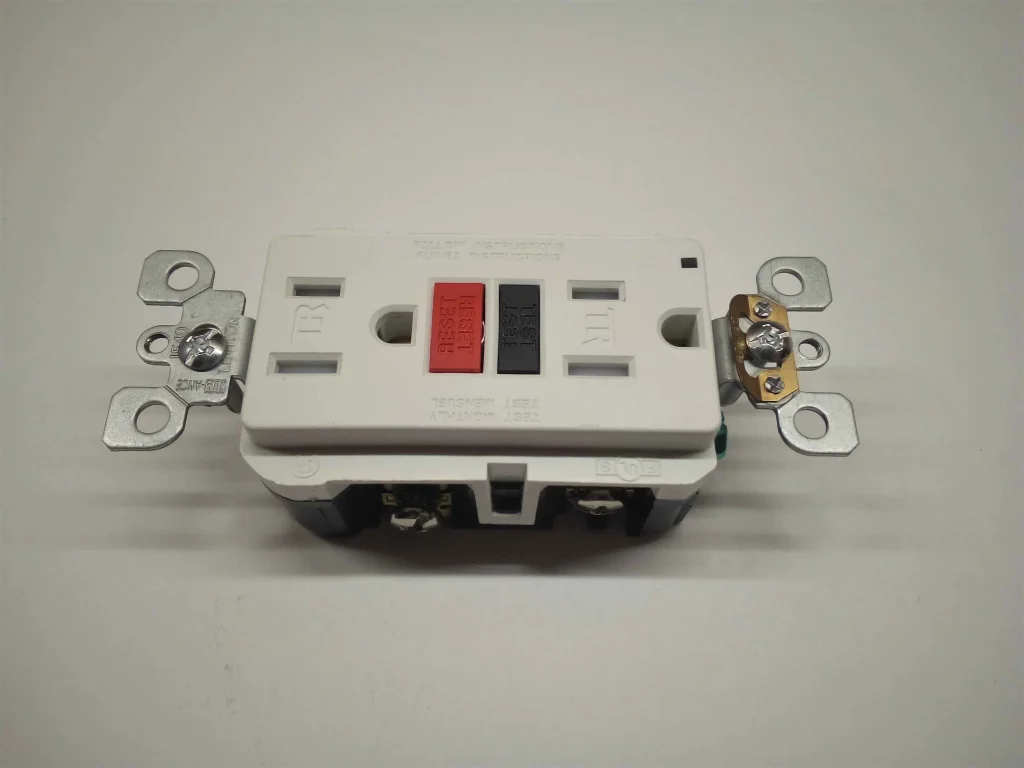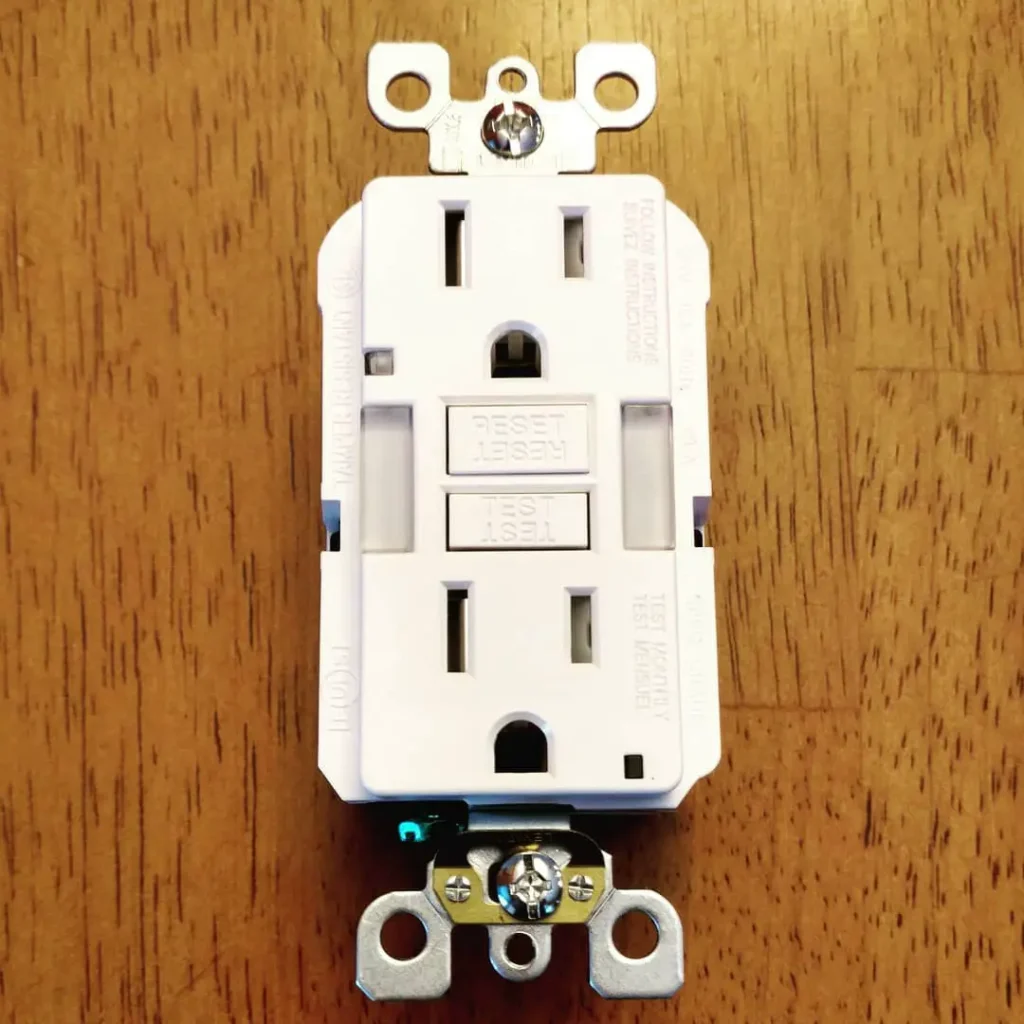What are GFCI’s and Where Should They be Installed?

You may have heard the term GFI or GFCI (short for Ground Fault Circuit Interrupter) used by an electrician or inspector and wondered what exactly they were referring to. This short article is here to help clear up the why and where of GFCI usage.
Purpose of a GFCI
A GFCI is designed to protect you from electric shocks by quickly opening a circuit when it detects a fault.
But I already have a circuit breaker. Why would I need another protection device?
A circuit breaker is designed to protect wiring from overcurrent situations. It doesn’t care where the electricity is going as long as the amount is lower than its amp rating. There are even built in tolerances where you can slightly overdraw a breaker without it tripping for several minutes.
In contrast a GFCI is comparing the power going out on the hot wire with the power returning on the neutral wire. If there is the slightest amount going somewhere else (possibly through you to ground!) it trips immediately. And by immediately we mean 20-30 milliseconds. Fast enough to save an estimated109 lives annually in the United States based on data from the Consumer Product Safety Commission.


Where Should GFCIs be installed?
The greatest danger for electrocutions is in damp or wet locations. The National Electrical Code recognizes this and requires outlets in bathrooms, kitchens, laundry rooms, garages, and exterior outlets to be GFCI protected.
However not all of these outlets need to be GFCI outlets! Remember that these are Circuit interrupter devices. In many homes the bathrooms are on one circuit, the exterior outlets are on the same circuit, and there are two general use circuits in the kitchen. This means that 4-6 GFCI devices can protect all of the higher risk areas in your home.
Testing a GFCI
If your home has GFCI devices, testing them should be part of your home maintenance routine. GFCI testers can be purchased at Home Depot or Lowe’s for around $10 that also tell you if the outlet is wired correctly.
Another test you can do without tools is plug a lamp into the circuit you are testing and press the test button on the GFCI device. The lamp should go out. Then press the reset button to confirm the device has not failed in either the open or closed position.
Some experts recommend monthly testing and if you can stick with it that’s great! A more realistic approach for you may be annual or semi-annual testing packaged with other home maintenance tasks such as changing air filters.
Conclusion
GFCI’s are a vital component in your home electrical system. Now that you know a little more about them, your life just got a bit safer too!
If you are in the Merced, Turlock, or Modesto area and need GFCIs installed in your home, a home electrical inspection including GFCI testing, or have any other home wiring questions, contact Cosmic Comfort using the form below or by calling 209-222-3161.

Choose Cosmic Comfort
At Cosmic Comfort, we’ll help you achieve the cool air you’ve been dreaming of. From thermostat adjustments and AC cleaning to replacing capacitors or fan motors, our capable team has the tools and experience to handle all your cooling needs.
Book with the reliable team that provides Atwater, CA, residents and commercial property owners with air conditioning services, whole-house cooling solutions, and heating repairs and replacements. Cosmic Comfort has great prices and highly qualified technicians.
Call 209-222-3161 to schedule air conditioning installation, tuneups, or repair services!
